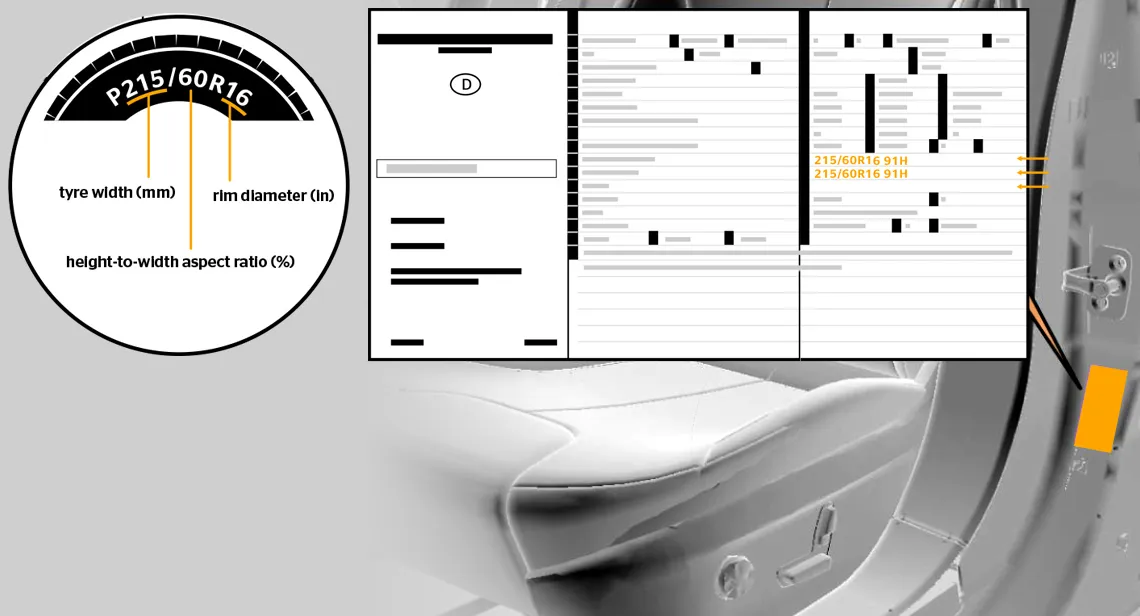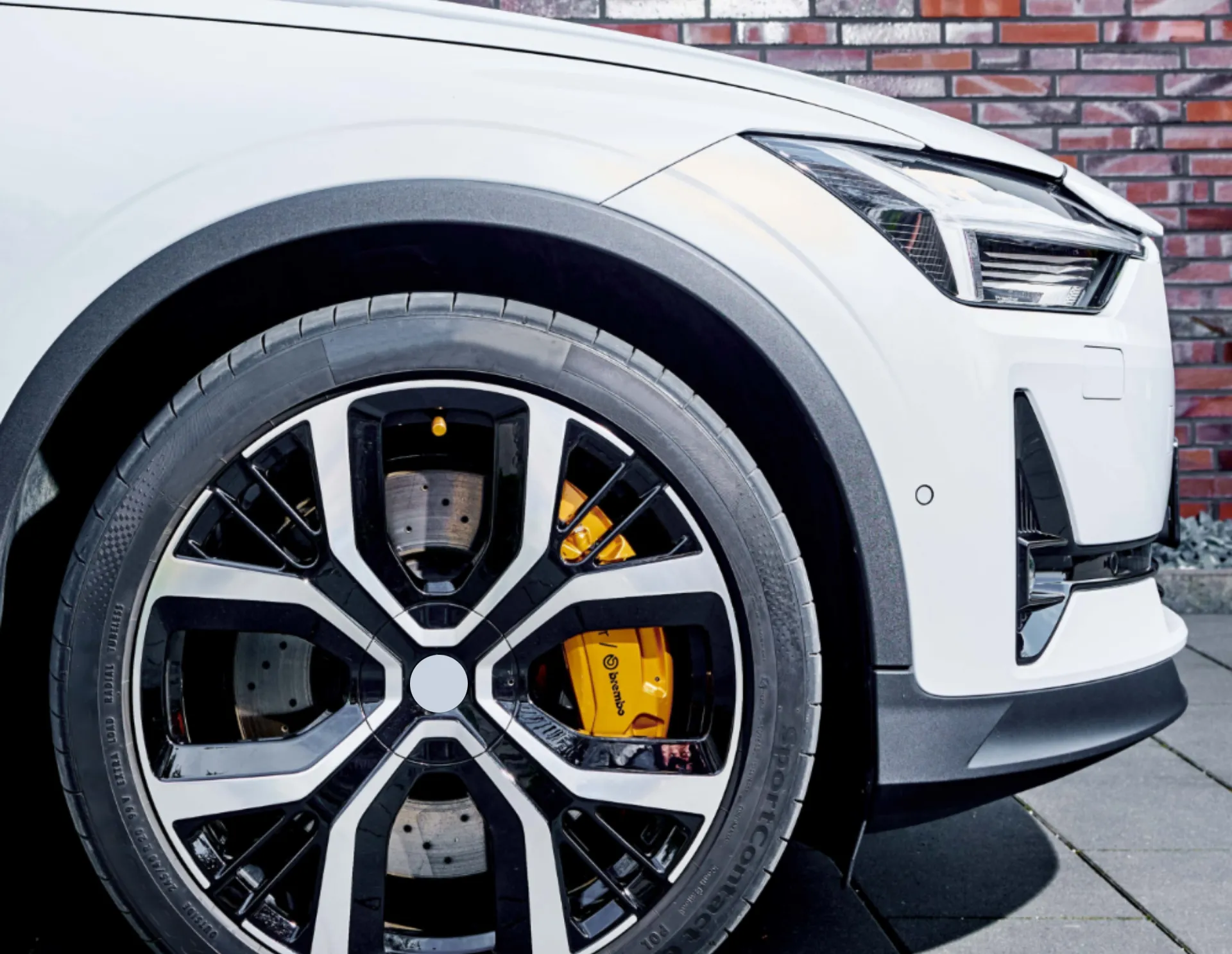.png)
The evolution of urban mobility is taking an unprecedented leap with the introduction of flying cars. This innovation promises to revolutionize transportation in the Middle East, particularly in countries like Oman that are embracing futuristic infrastructure plans. In this article, we delve into the concept of flying cars, Oman's visionary approach, and the potential impact on urban mobility.
.png)
The Rise of Flying Cars: A Vision of Tomorrow
Flying cars, once considered the realm of science fiction, are becoming a tangible reality. This mode of transportation has the potential to alleviate traffic congestion, reduce travel times, and reshape the urban landscape. With advancements in aviation technology and the integration of autonomous systems, flying cars are poised to transform urban mobility.
Oman's Forward-Thinking Approach
Oman, known for its rich history and natural beauty, is also aiming to become a hub of futuristic urban mobility. The government's plans encompass innovative infrastructure developments that accommodate the integration of flying cars. This strategic approach not only envisions efficient transportation but also positions Oman as a global leader in urban mobility advancements.
Benefits of Flying Cars in Urban Mobility
The introduction of flying cars could bring numerous advantages to urban mobility:
1. Reduced Traffic Congestion
Flying cars would bypass congested roads, easing traffic congestion and shortening travel times, thereby enhancing the quality of life for residents.
2. Faster and Efficient Travel
With the ability to travel in three dimensions, flying cars could significantly reduce travel times for both short and long distances, transforming the concept of commuting.
3. Environmental Impact
Electric-powered flying cars have the potential to be environmentally friendly, emitting fewer emissions compared to traditional fossil fuel-powered vehicles.
4. Infrastructure Innovation
The integration of flying cars requires the development of new infrastructure, leading to job creation and economic growth in Oman.
.png)
Challenges and Considerations
As with any groundbreaking innovation, flying cars also come with challenges:
1. Regulatory Framework
Establishing a regulatory framework for flying cars poses challenges in terms of safety, air traffic management, and integration with existing transportation systems.
2. Technological Hurdles
Developing reliable and safe flying car technology, including navigation, collision avoidance, and autonomous capabilities, requires significant research and development.
3. Public Perception
Gaining public trust and acceptance for flying cars is crucial, as concerns about safety and noise pollution need to be addressed.
4. Infrastructure Investment
Creating the necessary landing pads and charging stations for flying cars requires substantial financial investments.
FAQs
Q: Are flying cars a reality or still a concept?
A: Flying cars have transitioned from being purely conceptual to actual prototypes and test flights, indicating their progress toward becoming a reality.
Q: How can flying cars impact urban traffic?
A: Flying cars could alleviate traffic congestion by utilizing the airspace, providing alternate routes and reducing road congestion.
Q: Is Oman the only Middle Eastern country exploring flying cars?
A: While Oman is taking significant steps, other countries in the Middle East are also exploring flying car technology and its potential benefits.
Q: What are the benefits of integrating flying cars with existing urban infrastructure?
A: Integrating flying cars could lead to reduced congestion, enhanced transportation efficiency, and the creation of new economic opportunities.
Q: Are there concerns about flying car safety?
A: Safety is a primary concern. Establishing comprehensive regulations and ensuring robust safety measures are essential before widespread adoption.
Q: How can the public voice their opinions on flying car integration?
A: Public engagement and awareness campaigns are essential to address concerns, gather feedback, and build trust in the new technology.
Conclusion
The future of urban mobility in the Middle East is poised for a groundbreaking transformation with the advent of flying cars. Oman's forward-thinking approach to infrastructure development aligns with the potential of flying cars to revolutionize transportation. While challenges persist, the prospect of streamlined, efficient, and environmentally conscious mobility presents an exciting glimpse into the urban landscapes of tomorrow.







